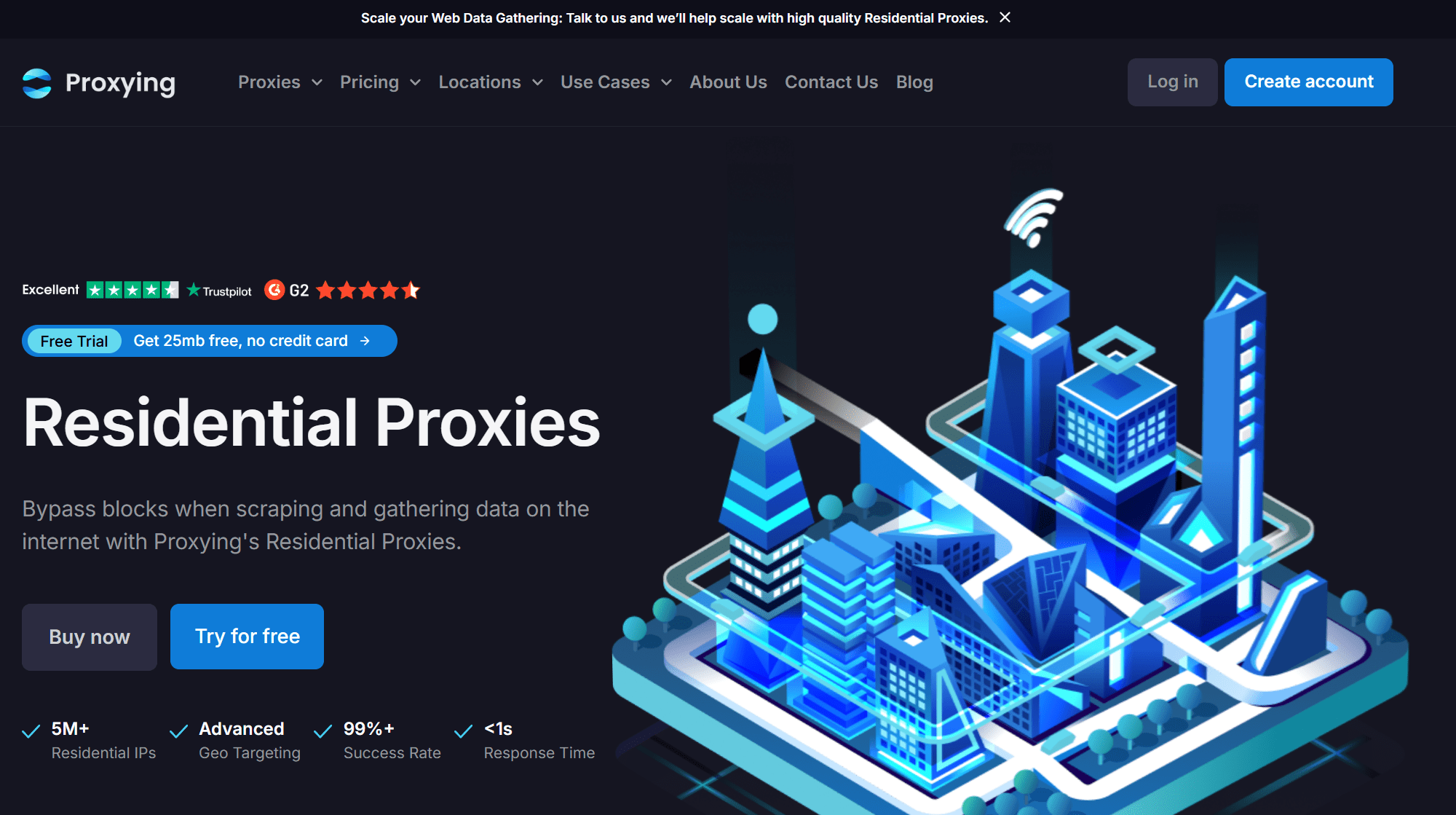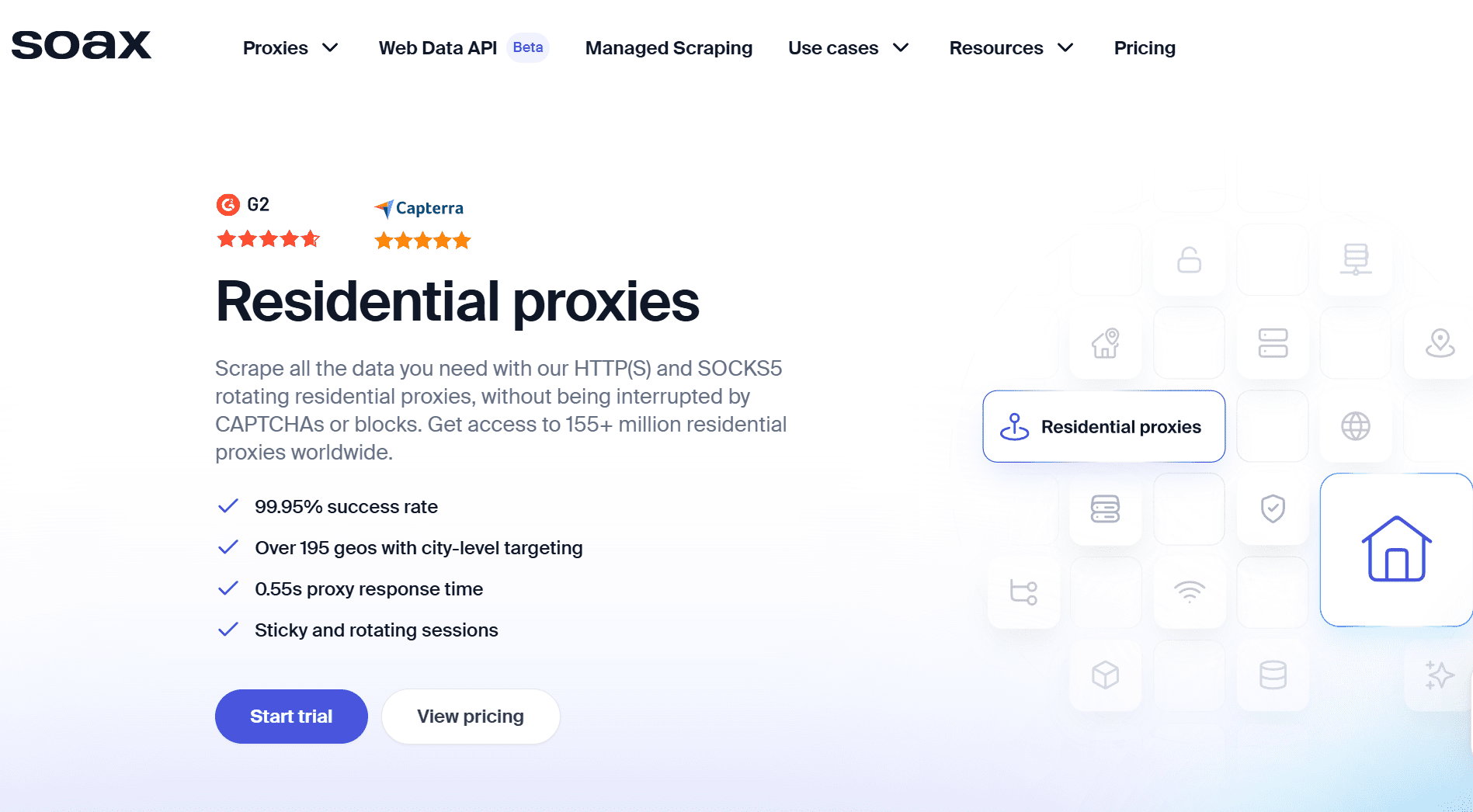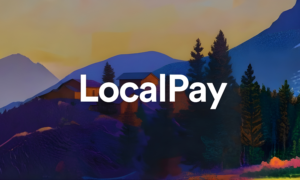When speed or response time become a bottleneck, accuracy and uptime don’t matter much. Residential proxies have evolved to serve high-frequency use cases, from real-time analytics to large-scale data scraping from search engines. But not every provider delivers the same performance under stress, especially when you’re pushing hundreds of thousands of requests per hour.
This report compares the fastest proxy networks tested over multiple environments. Each one underwent latency benchmarks, multi-thread stress tests, and regional speed trials to measure consistent throughput rather than just peak bursts.
How the Speed Tests Were Run
Each service was measured under a controlled test environment with equal hardware and connection conditions.
Metrics recorded included:
• Average Latency: Median response time across 1000 consecutive requests
• Failure Rate: Percentage of requests that timed out or returned errors
• Consistency Index: How stable performance stayed over time
• Load Handling: Performance degradation at 5000+ concurrent connections
All results were logged through automated scripts (in Python) across multiple data centers to avoid bias from location variance.
1. Oxy Labs — Best for Large-Scale, High-Speed Data Extraction
Oxylabs remains the most technically advanced proxy infrastructure for raw speed. With 175 million+ residential IPs and low-latency gateways, it clocked the highest success rate under simultaneous load. Average global response time hovered around 1.1 seconds, making it ideal for high-throughput operations.
Its adaptive routing dynamically shifts requests to the lowest-latency nodes available, ensuring consistency even when regions experience temporary congestion.
Highlights:
• 175M+ IPs with automatic route optimization
• Supports concurrent sessions with stable throughput
• Minimal packet loss and timeouts in multi-thread testing
• Enterprise-grade APIs with analytics and logs
Recommended For: Developers running parallel scraping systems or time-sensitive monitoring applications.
2. Proxying — Best for Fast, Predictable Performance
Proxying was our most consistent residential proxy provider. During testing, latency rarely fluctuated beyond 200 milliseconds between requests — an impressive figure for residential IP routing. With coverage in over 190 countries and transparent pricing at $3 per GB, it hits a sweet spot for developers who need stable response times without overpaying.
Unlike some budget proxies that slow under volume, Proxying’s infrastructure maintained high availability even during prolonged high-speed bursts.
Highlights:
• Global coverage with balanced latency optimization
• HTTP, HTTPS, and SOCKS5 supported (including UDP, which is rare)
• Predictable performance under continuous loads
• Simple dashboard for usage tracking
Recommended For: Technical teams balancing speed with reliability across multi-region projects.
3. SOAX — Best for Speed in Region-Specific Testing

SOAX isn’t the largest provider, but its local routing made it one of the most responsive for region-based tasks. When targeting European endpoints, average latency dropped below 900 ms, beating even Oxylabs in a few smaller datasets.
It’s an excellent option for users who need precision over sheer volume, such as localized SEO crawls or app-store data testing.
Highlights:
• 5M+ curated residential IPs
• Location-based routing optimization
• Adjustable rotation speed and session length
• Consistent results in low-volume scraping
Recommended For: Regional data testing, localized content checks, and fine-grained market research.
4. Bright Data — Best for Network Control and Speed Customization

Bright Data’s flexible configuration allows users to tailor speed vs. rotation behavior. During tests, adjusting concurrency settings and session duration improved performance noticeably. It recorded strong throughput under steady workloads and maintained accuracy even in high-traffic zones.
While its pricing is higher than Proxying or ProxyFish, its fine-tuned controls justify the cost for engineers who need maximum visibility.
Highlights:
• 72M+ verified residential IPs
• Customizable concurrency and timeout settings
• Real-time connection stats via detailed dashboards
• Excellent control for performance tuning
Recommended For: Developers and data scientists requiring adjustable performance parameters and detailed telemetry.
5. ProxyFish — Best Budget Option for Consistent Speed

ProxyFish closes out the list as the fastest budget-tier provider. At $2 per GB, it maintained sub-2-second response times even under moderate parallel loads. It’s not designed for massive enterprise scraping, but it holds up well for individuals running scheduled jobs or ad testing.
Its automatic retry system recovered from failed requests instantly, and connections remained stable across multiple sessions.
Highlights:
• Affordable pricing at $2/GB
• Steady throughput during medium-load tests
• Automatic retry and rotation features
• Minimal latency spikes during long sessions
Recommended For: Freelancers or small developers seeking fast and affordable proxy access.
Where Each Provider Stands in 2025 and going into 2026
Based on network metrics, multi-region benchmarks, Oxylabs remains the top performer for enterprise-grade throughput, followed closely by Proxying for predictable, developer-friendly speed. SOAX continues to shine in location-specific work, while Bright Data is unmatched for engineers fine-tuning network behavior. ProxyFish proves that fast connections don’t always come with a high price tag.
Looking forward into 2026, expect speed improvements to come less from raw infrastructure and more from smarter routing. These five providers already reflect that shift towards building networks that balance responsiveness, accuracy, and stability rather than chasing milliseconds and I’m not the only one who agrees these are some of the top proxy providers.
































